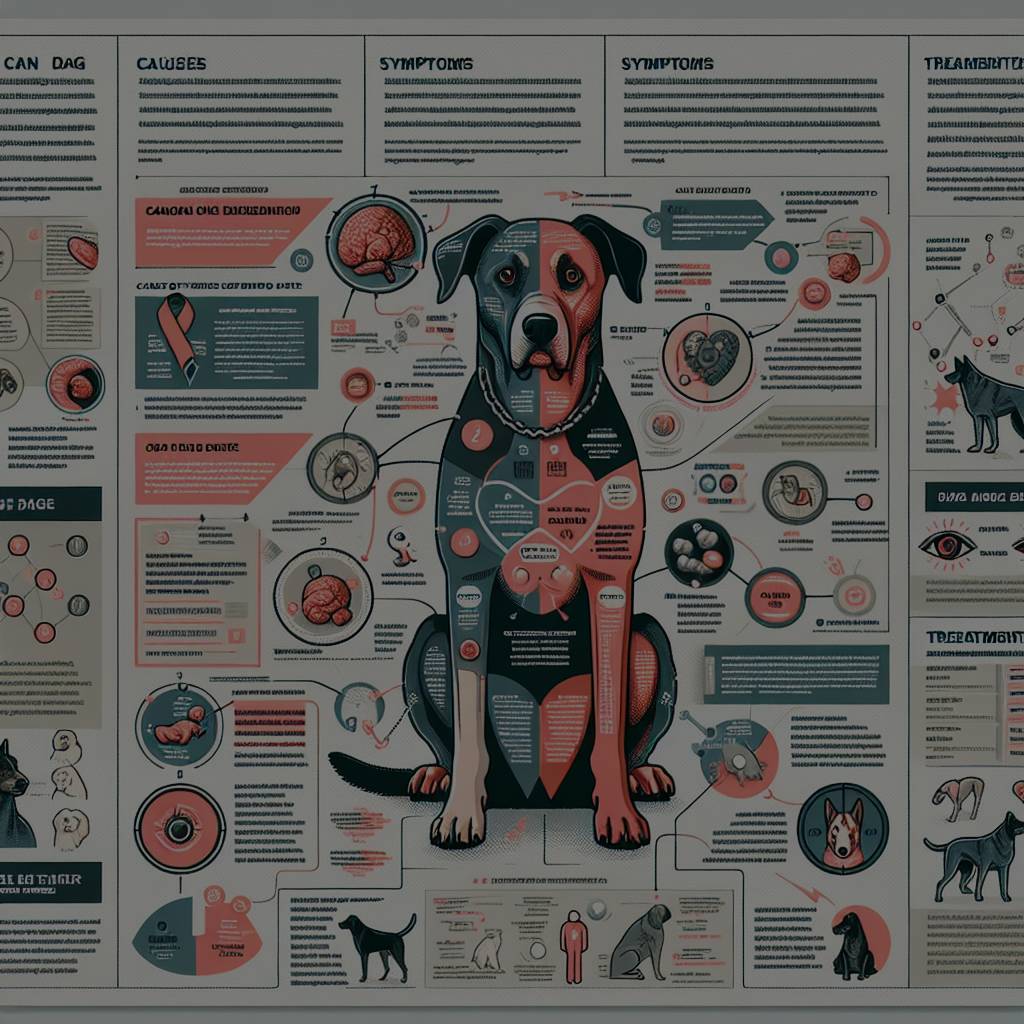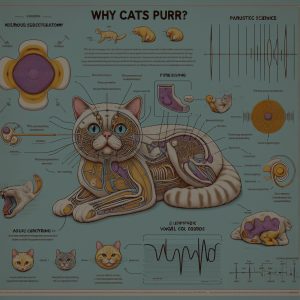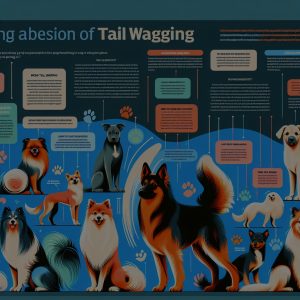
Understanding Canine Cancer: Causes, Symptoms, and Treatments ===
Cancer is a devastating disease that affects not only humans but also our beloved canine companions. Just like humans, dogs can develop various types of cancer, with factors such as genetics, exposure to environmental toxins, and age all playing a role. In this article, we will delve into the causes of canine cancer, discuss the common symptoms to watch out for, and explore the effective treatments available to help our furry friends combat this disease.
What Causes Canine Cancer: Uncovering the Underlying Factors
While the exact causes of canine cancer are still not fully understood, several underlying factors have been identified. One significant factor is genetics. Certain breeds are predisposed to specific types of cancer due to inherited genetic mutations. For example, Golden Retrievers are prone to developing lymphoma, while Boxers have an increased risk of mast cell tumors. Understanding breed susceptibility can help veterinarians and pet owners be proactive in detecting and treating cancer at an early stage.
Environmental factors also play a role in the development of canine cancer. Exposure to carcinogens, such as tobacco smoke, pesticides, certain chemicals, and even polluted air, can increase a dog’s risk of developing cancer. Similarly, prolonged exposure to ultraviolet (UV) radiation from the sun can lead to skin cancer in dogs, particularly those with light-colored or thin fur. Limiting a dog’s exposure to these harmful substances and providing a safe and clean living environment can help reduce their chances of developing cancer.
Age is another important factor to consider. Just like in humans, cancer becomes more prevalent as dogs age. Older dogs have a higher risk of developing cancer, with some types being more common in certain age groups. For example, osteosarcoma, a bone cancer, is more frequently observed in large breed dogs between the ages of 6 and 9. Veterinarians recommend regular check-ups and screenings as dogs enter their senior years, as early detection can greatly improve treatment outcomes.
Recognizing Symptoms and Exploring Effective Treatments for Canine Cancer
Recognizing the symptoms of canine cancer is crucial in ensuring early intervention and better treatment options. Some common signs to watch out for include abnormal swelling or lumps, unexplained weight loss, persistent lameness or difficulty in movement, changes in appetite or difficulty eating, unusual bleeding or discharge, and chronic coughing or difficulty breathing. It is essential to consult a veterinarian if any of these symptoms persist or worsen.
When it comes to treating canine cancer, various options are available depending on the type and stage of cancer. Surgery is often the primary treatment, aiming to remove the tumor and surrounding affected tissue. In cases where surgery is not possible or to target cancer cells that may have spread, radiation therapy and chemotherapy are commonly used. These treatments work by destroying cancer cells or preventing their growth. Additionally, immunotherapy, which stimulates the body’s immune system to recognize and attack cancer cells, is gaining traction as an effective treatment for canine cancer. Pet owners should work closely with their veterinarians to determine the best course of action based on their dog’s specific diagnosis and overall health.
While canine cancer can be a difficult and heartbreaking diagnosis, advancements in veterinary medicine have made it possible to provide effective treatments and improve the quality of life for our four-legged companions. Regular check-ups, early detection, and prompt treatment are key in fighting this disease. By understanding the underlying causes, recognizing the symptoms, and exploring the available treatments, pet owners can give their beloved dogs the best chance at overcoming cancer and leading a happy and healthy life.
Certainly! Here is an SEO-friendly paragraph for the “You might be interested in” section: — Speaking of canine health, you might be interested in learning more about the different types of [cancer](https://en.wikipedia.org/wiki/Cancer) that can affect our pets. Understanding the role of [genetics](https://en.wikipedia.org/wiki/Genetics) in disease can also provide insights into why some dogs may be more predisposed to cancer. Additionally, it’s helpful to be aware of how [environmental toxins](https://en.wikipedia.org/wiki/Environmental_toxin) can potentially impact our pets’ health. For a deeper understanding of how age influences disease, the concept of [aging in dogs](https://en.wikipedia.org/wiki/Aging_in_dogs) can offer valuable information. Working closely with [veterinarians](https://en.wikipedia.org/wiki/Veterinarian) can ensure the best care and treatment outcomes for our beloved canine companions. — Feel free to adjust the specifics as needed!










